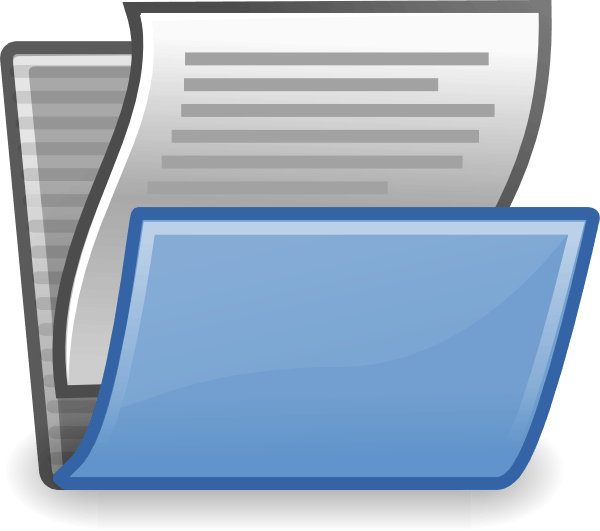Definition:
An expressive language disorder is an impairment or set of impairments associated with difficulty speaking, writing, and/or using other symbol systems (i.e. sign language).
Description:
Expressive language disorders may be developmental, appearing as the child is learning to talk, or acquired due to damage to the brain. Individuals with an expressive language disorder are able to understand language easier than they are able to express it.
Characteristics:
- Limited vocabulary use
- Use of non-specific vocabulary (i.e. thing, stuff)
- Difficulty defining or describing
- Unable to recall the appropriate word to use
- Poor grammar
- Short or incomplete sentences
- Difficulty telling stories
- Unable to clearly convey a concept or idea
- Problems putting sentences together coherently
Causes:
Developmental expressive language disorder has no known cause. However, hearing loss or fluctuating hearing loss (due to reoccurring ear infections) may contribute to a delay in language development. Acquired expressive language disorder is caused by damage to the brain, such as a stroke, traumatic head injury, seizures, or other medical conditions.
Diagnosing this disorder:
Expressive language disorder is diagnosed by a speech-language pathologist. Developmental disorders are often suspected by the child’s pediatrician or teacher, when they exhibit language skills below what is expected for their age. The pediatrician or teacher will then refer them to the speech-language pathologist who will conduct a full diagnostic evaluation of the child’s receptive and expressive language skills, using standardized tests and informal measures. They will also evaluate other measures of communication to rule out other issues. The child’s vision and hearing must be screened prior to testing as well to achieve valid test results. Children exposed to multiple languages should be screened in all languages and tested in their primary language. This multilingual assessment framework is referred to as a “difference vs. disorder” approach. Assessment data is obtained in all languages of exposure. Any noted errors or differences in communication skills are then analyzed and assigned to three main categories: 1) errors appropriate for the child’s age (developmental errors); 2) errors attributed to the interaction between the two languages spoken (cross-linguistic influence); and 3) atypical errors.
Acquired expressive language disorder is often suspected by the physician treating the individual for the brain injury, who then refers the patient to a speech-language pathologist. An example of an acquired expressive language disorder is expressive aphasia.
Expressive language disorder is diagnosed when the individual demonstrates the ability to understand material appropriate for his/her age, but is unable to express that comprehension. This differs from receptive-expressive language disorder, which is more common and involves difficulty understanding and using language), and receptive language disorder, a rare occurrence, which involves age-appropriate language use with difficulties understanding language. Careful diagnosis is also important to distinguish expressive language disorder from other communication disorders, intellectual disability, environmental deprivation, and/or other physical and developmental problems which may first manifest as language problems.
Treatment:
Individuals will benefit from a regular schedule of speech therapy with a speech pathologist. Parent and teacher involvement with therapy, in following through and reinforcing language strategies, provides maximum benefit.
Resources:
Books for kids:
Reading to your child will help with their language development, especially repetitive books with pictures and basic concepts. Here are a few examples:
- Jump, Frog, Jump! by Kalan R.
- Brown Bear, Brown Bear by E. Carl
- It Looked Like Spilt Milk by C.B. Shaw
- The Napping House by A. Wood
- Goodnight Moon by M. Brown
- I Went Walking by S. William
- Froggie Gets Dressed by J. London
- The Hungry Caterpillar by E. Carl
Books for parents:
- Childhood Speech, Language & Listening Problems: What Every Parent Should Know by Patricia McAleer Hamaguchi
- Expressive Language Disorder by Fredric P. Miller, Agnes F. Vandrome and John McBruster (Ed.)
- Routines-Based Early Intervention Guidebook by Bilinguistics, Inc. (to be used with the guidance of a speech-language pathologist)
- The New Language of Toys: Teaching Communication Skills to Children With Special Needs, a Guide for Parents and Teachers by Sue Schwartz
- The Parent’s Guide to Speech and Language Problems by Debbie Feit
Support Groups:
Websites:
- Voice Nation: A Childhood Language and Communication Disorder Guide for Parents and Teachers
- Children’s disabilities Information
- Bridges 4 Kids
- National Dissemination Center for Children with Disabilities
- Language Delay Network
- Información en español
References:
Encyclopedia of Mental Disorders (2012). Expressive Langauge Disorder. Retrieved 7/31/12
McLaughlin, MR. (2011). Speech and language delay in children. American Family Physician, 83(10), 1183-1188.
Morales, S. (2012) Expressive Language Disorder. Children’s Speech Care Center. Retrieved 7/31/12
Do you have more great resources for families or community members? We would be happy to add any great resources to this webpage. Please email us with the link or content.
Also check out: Epilepsy Speech Implications and Resources
Are you in the Austin Texas Area and looking for Speech Therapy for an Expressive Language Disorder?
If you are looking for Speech Therapy in Austin Texas for an Expressive Language Disorder, we are here to help. Contact our clinicians by visiting our Speech Therapy Austin Clinic Page and give us a call or send us a message.
We look forward to serving you.

